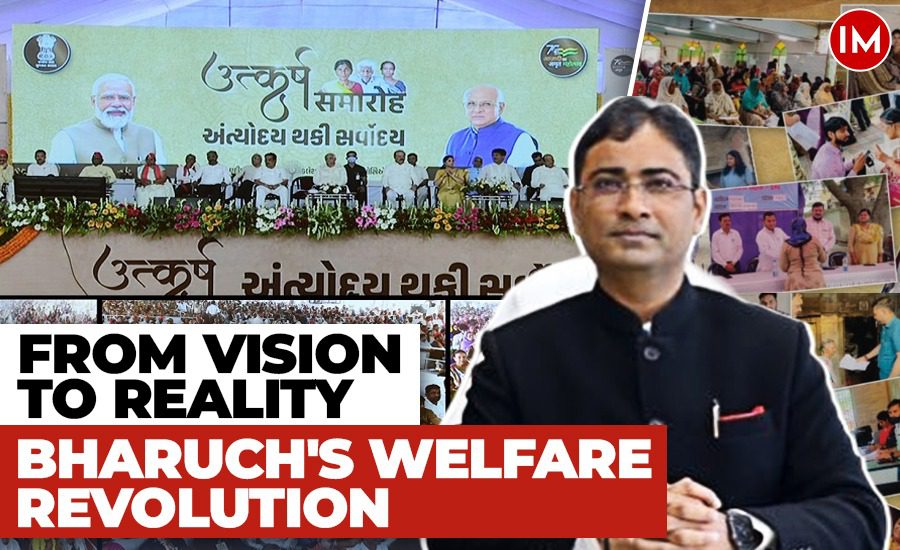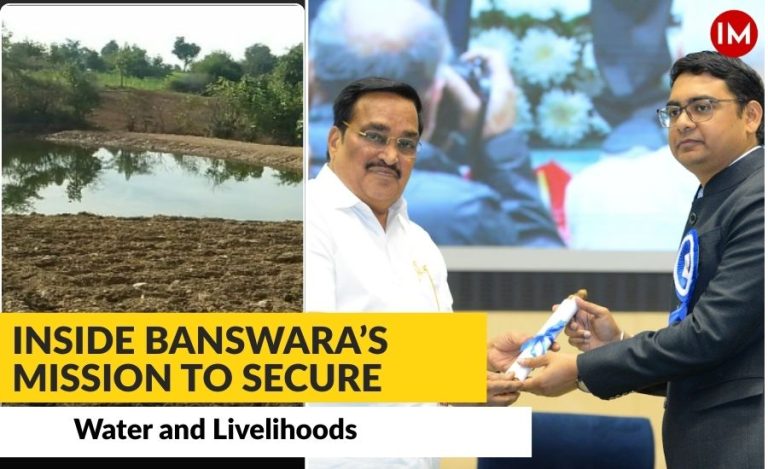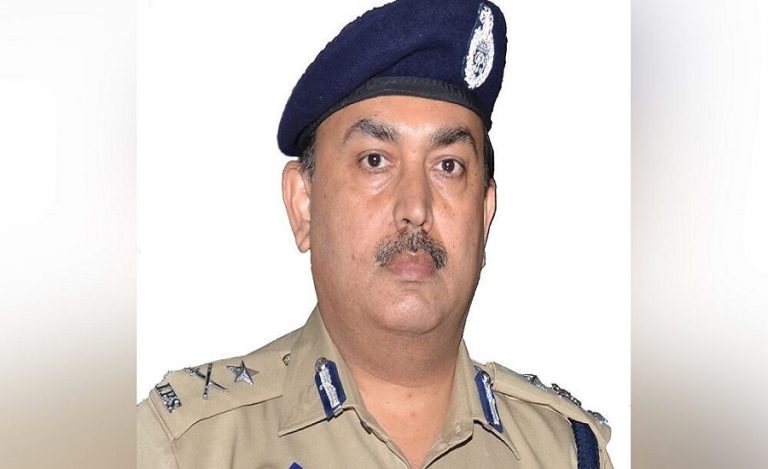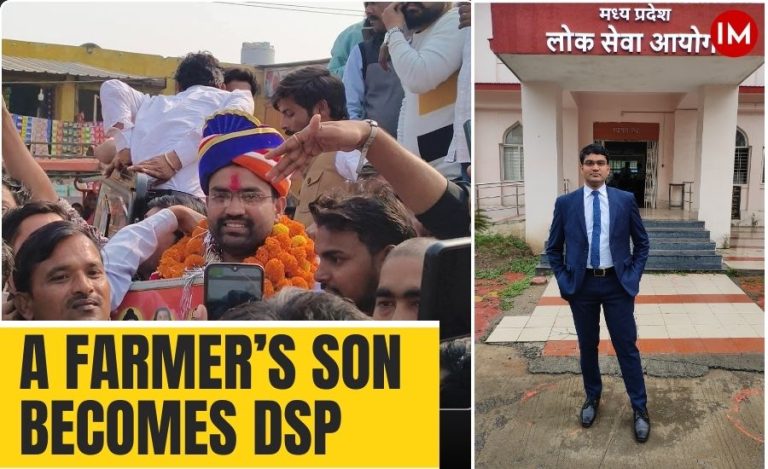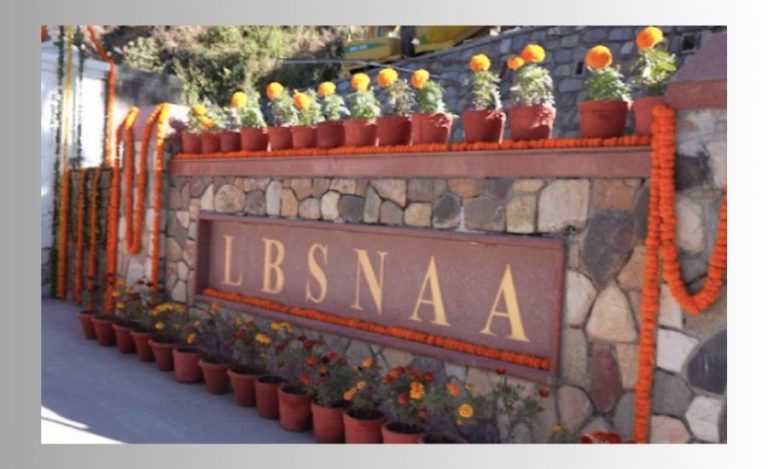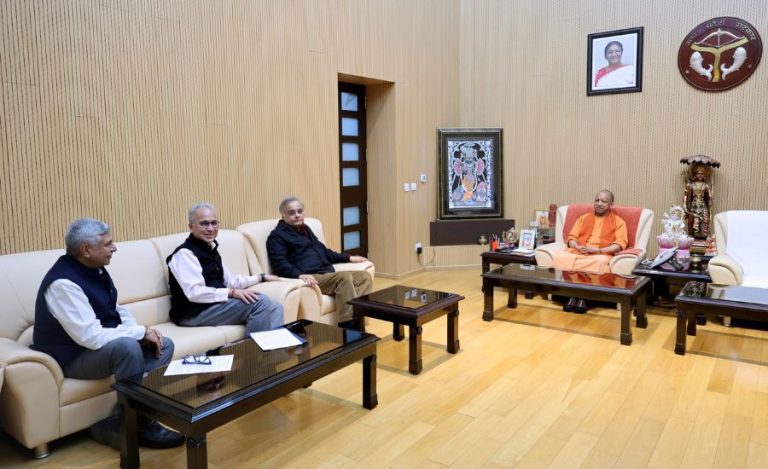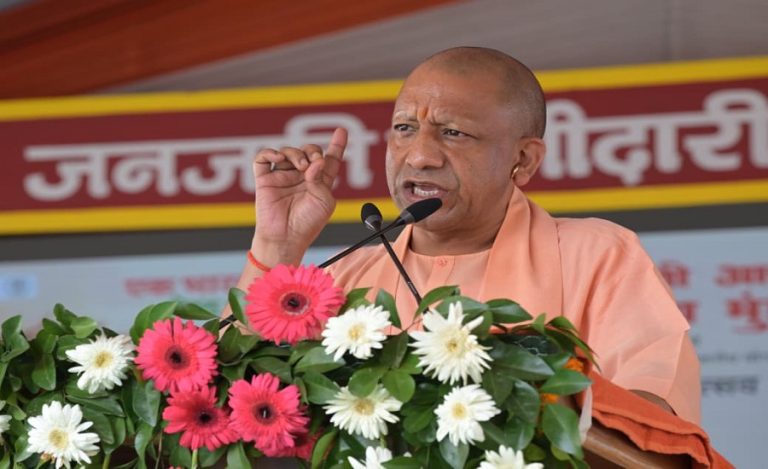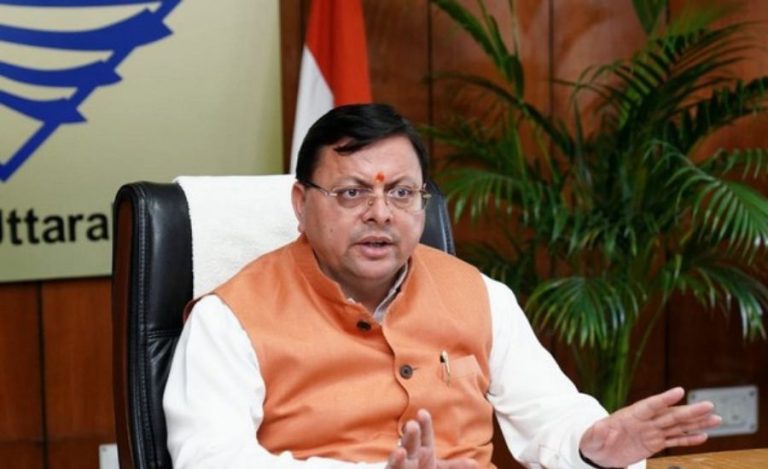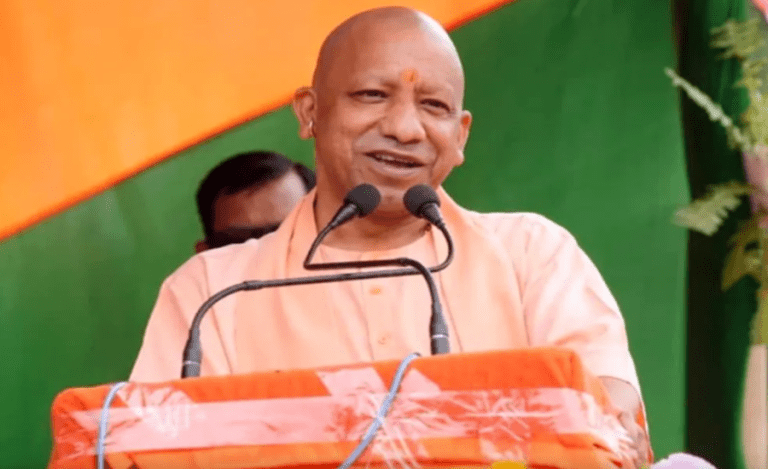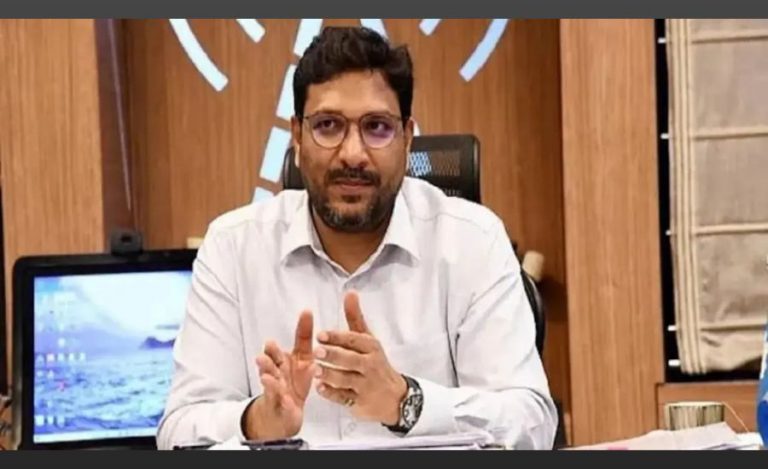Government schemes often struggle to reach those who need them most, leaving the intended beneficiaries, especially the underprivileged, without the promised support. However, in the Bharuch district of Gujarat, the local administration has flipped this narrative, setting a remarkable example for the rest of the country. Bharuch is now one of the first districts in India to achieve 100% saturation of various government schemes, ensuring that every eligible individual receives the benefits intended for them.
This unprecedented success can be attributed to the visionary leadership of IAS officer Tushar Sumera, 2012 batch officer and the District Collector of Bharuch. Sumera has been dedicated to transforming the lives of the most vulnerable, particularly the elderly and widows. One of his flagship initiatives, Utkarsh Pahal, was launched to provide financial assistance and welfare support to widows, destitute individuals, and senior citizens.
Thanks to his efforts, Bharuch became the first district in the country to fully implement widow benefits, financial aid for the elderly, and other essential support services. The success of these initiatives was so profound that it earned praise from the Honourable Prime Minister of India. Under Sumera’s leadership, the district achieved 100% coverage across all 545-gram panchayats, 663 villages, and four municipalities, setting a new benchmark for government service delivery nationwide. To date, over 13,500 beneficiaries have received support through these schemes.
Indian Masterminds interviewed Mr. Sumera to gain insights into these initiatives and learn how they were successfully implemented.
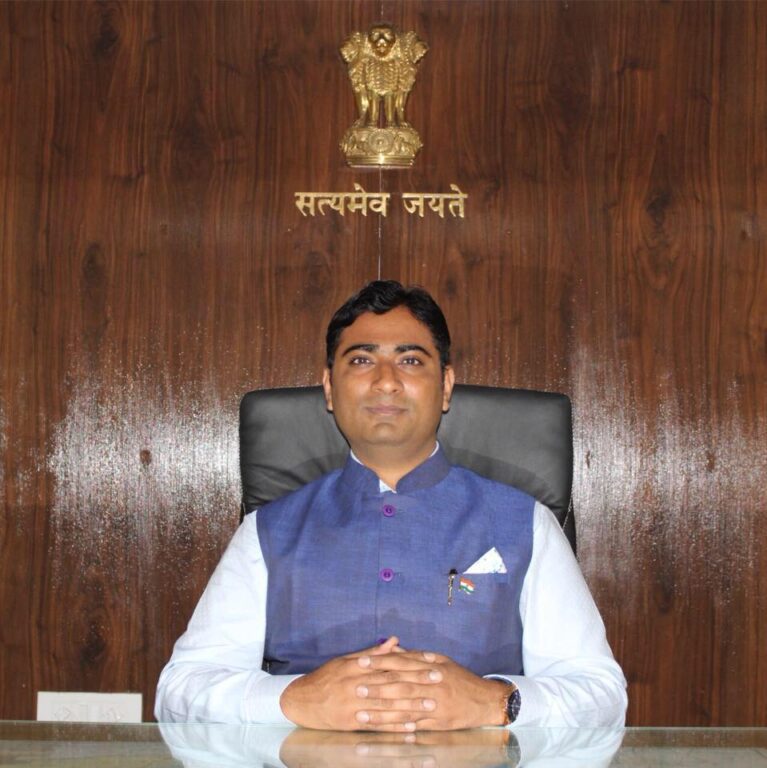
100 Percent Saturation
In a landmark achievement for governance and public welfare, Bharuch has reached a milestone that many once thought impossible: the complete saturation of four major national government schemes. This success highlights the power of well-planned, community-driven initiatives in ensuring that welfare benefits reach every eligible individual, regardless of socio-economic background or geographic location.
Inspired by the Honourable Prime Minister’s call for Sabka Sath, Sabka Vikas, Sabka Vishwas, and Sabka Prayas on Independence Day 2021, the Bharuch District Administration launched the Utkarsh Pahel initiative on January 1st, 2022. The initiative focused on fully implementing key welfare schemes for widows, the elderly, and destitute individuals within just three months. So impactful has the model been that the Chief Minister of Gujarat has now ordered its replication in other districts, to spread its success across the state.
Sumera said, “Inspired by Prime Minister Modi’s call for 100% saturation of welfare schemes, we launched a pilot project to ensure that every initiative reached those in need. After its success, the entire team worked together, and we achieved 100% saturation in Bharuch, providing financial assistance to all widows and elderly citizens.”
The Visionary Behind the Success: Tushar Sumera
Known for his ambitious vision and hands-on approach, Sumera has been the driving force behind Bharuch’s social welfare initiatives. His unwavering focus on the most marginalized sections of society—particularly widows, elderly citizens, and destitute families—served as the foundation for the launch of the Utkarsh Pahel project, a groundbreaking initiative aimed at uplifting the lives of those in greatest need.
Sumera’s commitment to uplifting these vulnerable groups led to the launch of the Utkarsh Pahal initiative. “The goal was simple yet profound,” Sumera recalls, “to provide financial assistance and ensure benefits reached every widow, elderly citizen, and destitute person in our district.” His leadership turned this ambitious vision into a reality when Bharuch became the first district in India to achieve 100% saturation for financial support to widows and the elderly.
How They Did It?
The road to 100% coverage was not easy. It required a multi-faceted approach that involved active community participation, innovative outreach methods, and close coordination between local administration, NGOs, and community leaders. The Bharuch district administration employed various strategies to ensure that no one was left behind.
One of the most innovative aspects of the Utkarsh Pahel initiative was the use of technology to bridge gaps between beneficiaries and the administration. A WhatsApp helpline was set up to allow citizens to report non-beneficiaries, ensuring that eligible individuals who were previously excluded from these schemes could access them. Teams were sent door-to-door to collect the necessary documentation and complete the applications. This approach was supported by “Utkarsh Sahayaks,” or local volunteers, who helped fill out forms and ensure timely submissions.
The district also held “Utkarsh Camps” in all villages and municipal wards. These camps, often attended by local leaders, provided an efficient platform for beneficiaries to submit their paperwork and receive approval on the spot. The initiative also drew support from the Ankleshwar Industries Association (AIA), which not only helped organize these camps but also incentivized youths to act as assistants in the enrollment process.
A Holistic Approach to Welfare
While the Utkarsh Pahel focused on achieving 100% coverage for elderly citizens and widows, Sumera’s administration did not stop there. Recognizing the need for sustainable development, the district administration launched a suite of other initiatives to improve agricultural practices, empower youth, and expand healthcare services.
Krishi Utkarsh: Aimed at promoting organic farming, this initiative sought to provide financial and technical support to local farmers, encouraging more eco-friendly and sustainable agricultural practices.
Kishori Utkarsh: This program focuses on empowering young adults, especially girls. Through modules that covered health, education, and skills development, Kishori Utkarsh aimed to equip young women with the tools they needed for a brighter future.
Arogya Utkarsh: For healthcare access, Sumera launched this program to ensure that everyone, particularly the rural poor, had access to affordable healthcare. The administration organized health camps and distributed Arogya cards, which acted as a gateway to medical services for the needy.
My Livable Bharuch: A forward-thinking initiative focused on urban development, which aims to create a sustainable, livable, and modern infrastructure for Bharuch, focusing on improved town planning and environmental sustainability.
A Model of Efficiency and Transparency
The success of Utkarsh Pahel has been widely recognized, even drawing praise from Prime Minister Narendra Modi, who lauded the district for its comprehensive approach to public welfare. During a virtual event, Modi acknowledged Bharuch as a shining example of what can be achieved when local administration works with the community to ensure that government benefits reach the intended beneficiaries. “Bharuch’s model should be replicated in other parts of the country,” he remarked.
The scale of the initiative is staggering: by the end of the project, the administration had successfully enrolled 13,431 beneficiaries under four key schemes, covering 545 gram panchayats, 663 villages, and four municipalities. The schemes included the Indira Gandhi Rashtriya Vrudhhavasta Pension Yojana (IGKVPY), Niradhar Vrudh Sahay Yojana (NVSY), Ganga Swaroop Arthik Sahay Yojana (GSASY), and the Rashtriya Kutumb Sahay Yojana (RKSY), all of which offer financial assistance to widows, elderly citizens, and destitute families.
Real Stories, Real Impact
For many beneficiaries, the impact of Utkarsh Pahel has been life-changing. Take Lalitaben Vasava, a 62-year-old widow from Vagra taluka, and her daughter Reena, who is physically challenged. The two lived in a dilapidated hut, struggling to make ends meet. Through Utkarsh Pahel, they were enrolled in the Niradhar Vrudh Pension Yojana and started receiving Rs. 2,000 a month, a vital source of support that improved their quality of life. Lalitaben expressed her gratitude: “For the first time, we have an identity. The money we receive is helping us survive.”
Another example is Mohammed Rafik Ismail Gothan, a young volunteer from Dahej village who worked as a “Utkarsh Sahayak.” Though he earns a modest salary of Rs. 10,000 from a private job, he was thrilled to receive an incentive for his work. “This amount helped me celebrate Eid for the first time by buying clothes for my family,” he shared, his eyes gleaming with pride.
Looking Ahead: A Vision for the Future
As Bharuch stands as a beacon of hope and a model for welfare administration, Sumera’s team remains committed to sustaining and expanding these programs. There are plans for further urban development, with a focus on making Bharuch a more livable and environmentally friendly city.
In a speech that continues to resonate in the hearts of the people of Bharuch, Prime Minister Modi emphasized, “The goal is not just to implement schemes but to ensure they reach the people who need them the most.” Bharuch has proven that with the right leadership, clear vision, and community involvement, even the most ambitious goals can be achieved.
Bharuch’s success in achieving 100% saturation in government schemes is not just a victory for the district but a blueprint for India’s future—a future where no one is left behind.

